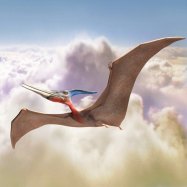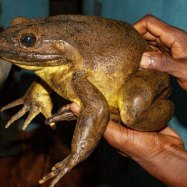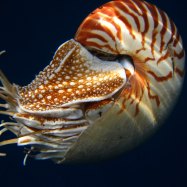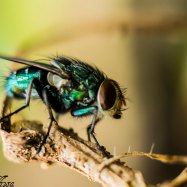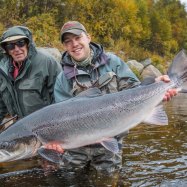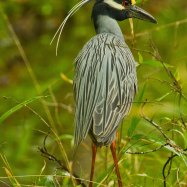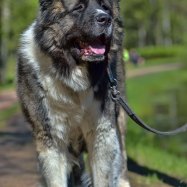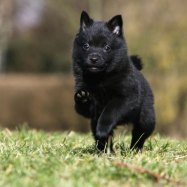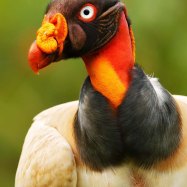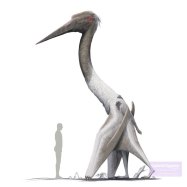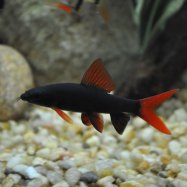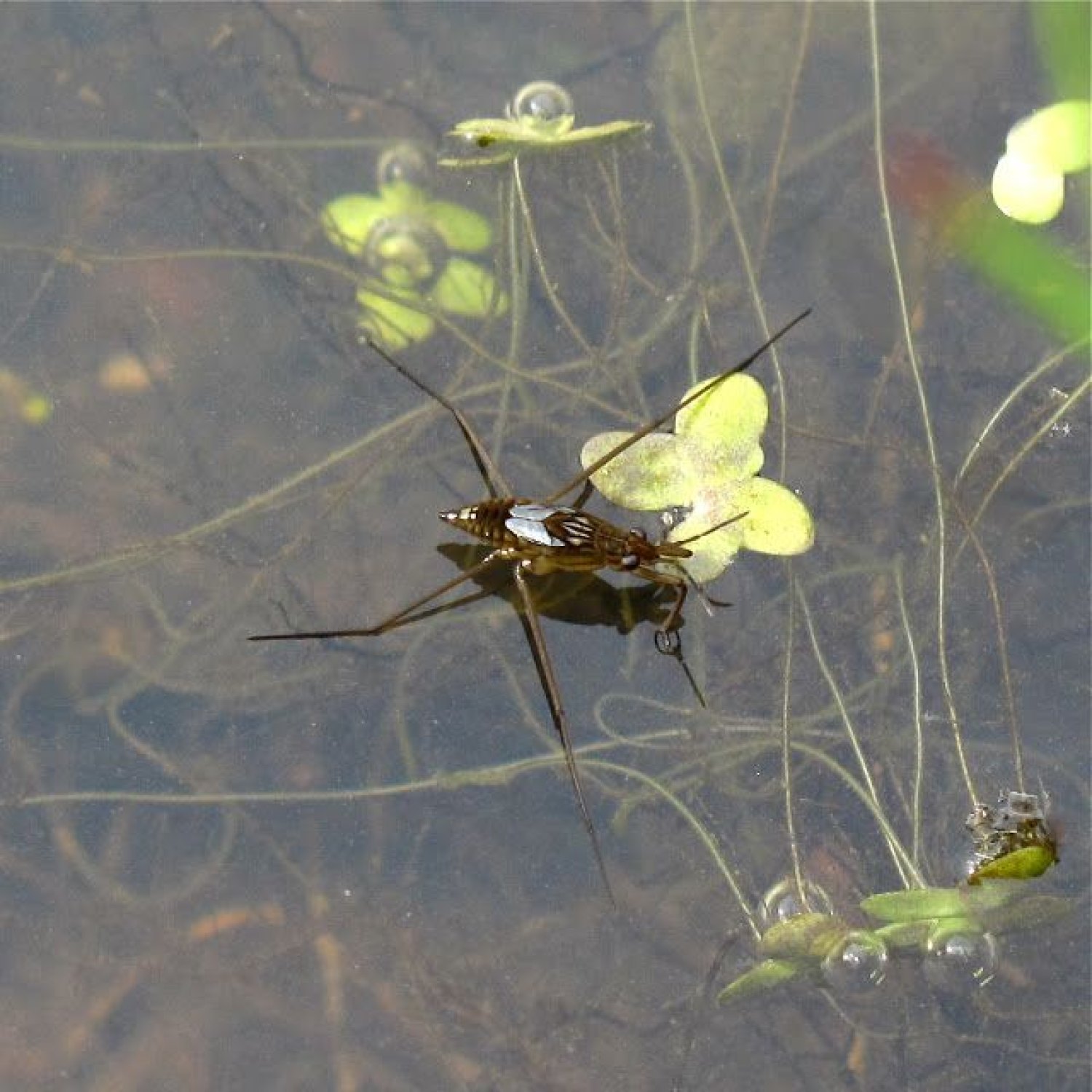
Pond Skater
3-30 mm
The pond skater, also known as water strider, is a fascinating insect with a long and slender body. It can range from 3-30 mm in length and can be found in ponds, lakes, and slow-moving bodies of water. Belonging to the Gerridae family, these agile creatures can walk on water's surface due to their hydrofuge hairs. Keep an eye out for these acrobatic insects next time you're near a body of water!
Animal Details Summary:
Common Name: Pond Skater
Kingdom: Animalia
Habitat: Freshwater ponds, lakes, marshes, and slow-moving streams
The Fascinating World of Pond Skaters: A Guide to one of Nature's Most Underrated Creatures
Deep in the tranquil waters of freshwater ponds, lakes, and streams, a small yet remarkable insect glides effortlessly across the surface. With its long, slender body and delicate legs, it moves with grace and ease, barely disturbing the water's surface. This is the pond skater, a creature that has captivated human curiosity for centuries.Scientifically known as Gerridae, the pond skater belongs to the animal kingdom and is classified under the phylum Arthropoda Pond Skater. They are part of the class Insecta and order Hemiptera, and their unique features make them stand out among other insects. These tiny creatures are the perfect example of how evolution has equipped them with specialized adaptations for survival in their watery habitat.
A World of Water: Habitat and Distribution
Pond skaters can be found in various parts of the world, on every continent except for Antarctica. They are most commonly found in freshwater habitats, such as ponds, lakes, marshes, and slow-moving streams. These tranquil bodies of water provide the ideal environment for pond skaters to thrive.
One of the most interesting things about pond skaters is their ability to walk on water. Using specialized hydrophobic hairs on their legs, they create a layer of air that allows them to glide smoothly on the water surface without sinking. This is also why they are commonly referred to as "water striders."
Feasting on Prey: Predatory Behavior
Pond skaters are a predatory species, meaning they feed on other insects and smaller aquatic creatures Pine Snake. Using their long, spiky front legs, they grasp onto their prey and pierce their exoskeleton to inject digestive enzymes. This liquifies the prey's insides, making it easier for the pond skater to feed on the nutritious liquid.
Their diet mainly consists of small insects, such as water beetles, mosquito larvae, and other aquatic insects. They are also known to feed on tadpoles and small fish, making them an essential part of the freshwater food chain.
Their Elusive Nature: Camouflaged Coloration
The coloration of pond skaters may vary, but they are typically brown or black in color. This serves as a natural camouflage, making them blend in with the water's reflections, making it harder for predators to spot them. The varying shades of brown and black also help them adapt to different water bodies, allowing them to stay hidden and safe.
Their elongated body shape also plays a significant role in camouflage, as it mimics the surrounding vegetation, adding another layer of invisibility. This adaptation proves to be advantageous for pond skaters, as they can evade predators while waiting for their next meal.
The Pond Skater's Perfect Body Build
Through millions of years of evolution, pond skaters have developed a unique body structure that has proven to be highly effective in their environment. Their elongated body, paired with long, slender legs, allows them to distribute their weight equally, preventing them from sinking into the water.
Their front legs are designed for grasping prey, while their mid and hind legs act as oars, propelling them forward on the water surface. This combination of physical features makes pond skaters swift and graceful hunters, effectively using their bodies to their advantage.
The Sizes of a Skater: Length and Proportions
Despite their tiny size, pond skaters come in a range of lengths, varying from 3 to 30 millimeters. The size of a pond skater depends on its species, habitat, and location. For example, pond skaters found in areas with higher predator populations tend to be smaller in size to evade detection.
On the other hand, pond skaters living in large, undisturbed bodies of water may grow to be larger in size, as they have fewer predators to worry about. Whatever the size, pond skaters are always beautifully proportioned, with each body part perfectly adapted for their unique lifestyle.
An Essential Part of Nature's Balance
Pond skaters may seem small and insignificant in comparison to larger animals in the animal kingdom, but their role in the ecosystem is crucial. As predators, they keep the population of smaller insects in check, preventing overpopulation and maintaining the balance of the food chain.
Aside from that, pond skaters also serve as food for larger animals, such as fish, birds, and even other insects. Their presence in water bodies also helps with nutrient cycling, as they consume various creatures and release waste back into the water, providing nutrients to plants and smaller organisms.
Threats to their Existence
Despite their essential role in nature, pond skaters face various threats to their survival, both human and environmental. Pollution and habitat destruction are two considerable concerns for pond skaters, as these factors can disrupt their delicate ecosystem and potentially harm the population.
Human activities, such as introducing non-native species or using pesticides, can also have a detrimental effect on pond skaters. The use of these chemicals not only eliminates their food source but can also harm the skaters directly.
Appreciating Nature's Little Gems
As we go about our daily lives, it's easy to overlook the beauty of nature's smallest creatures, such as the pond skater. But by learning about these fascinating insects and their unique adaptations, we can develop a deeper appreciation for the world around us.
Next time you take a stroll by a pond or a lake, keep an eye out for these delicate creatures gliding across the water surface. And remember, they play an essential role in maintaining the balance of their environment, proving that sometimes, size doesn't matter when it comes to making a significant impact.

Pond Skater
Animal Details Pond Skater - Scientific Name: Gerridae
- Category: Animals P
- Scientific Name: Gerridae
- Common Name: Pond Skater
- Kingdom: Animalia
- Phylum: Arthropoda
- Class: Insecta
- Order: Hemiptera
- Family: Gerridae
- Habitat: Freshwater ponds, lakes, marshes, and slow-moving streams
- Feeding Method: Predatory
- Geographical Distribution: Worldwide
- Country of Origin: N/A
- Location: Ponds, lakes, and slow-moving bodies of water
- Animal Coloration: Varies, usually brown or black
- Body Shape: Long and slender
- Length: 3-30 mm
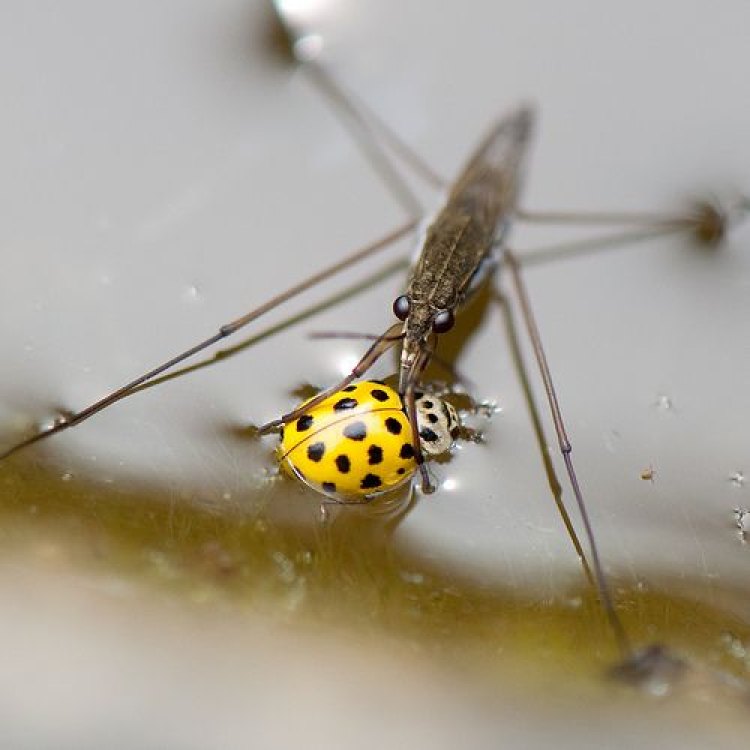
Pond Skater
- Adult Size: 3-30 mm
- Average Lifespan: 1-2 years
- Reproduction: Sexual
- Reproductive Behavior: Males attract females by creating vibrations on the water surface
- Sound or Call: No
- Migration Pattern: None
- Social Groups: Small groups or colonies
- Behavior: Skate on the water surface using their long legs
- Threats: Habitat loss, pollution, predation
- Conservation Status: Not evaluated
- Impact on Ecosystem: Help control insect populations
- Human Use: None
- Distinctive Features: Long legs specialized for water skating
- Interesting Facts: Can walk on water due to the hydrophobic hairs on their legs
- Predator: Fish, birds, spiders, other insects
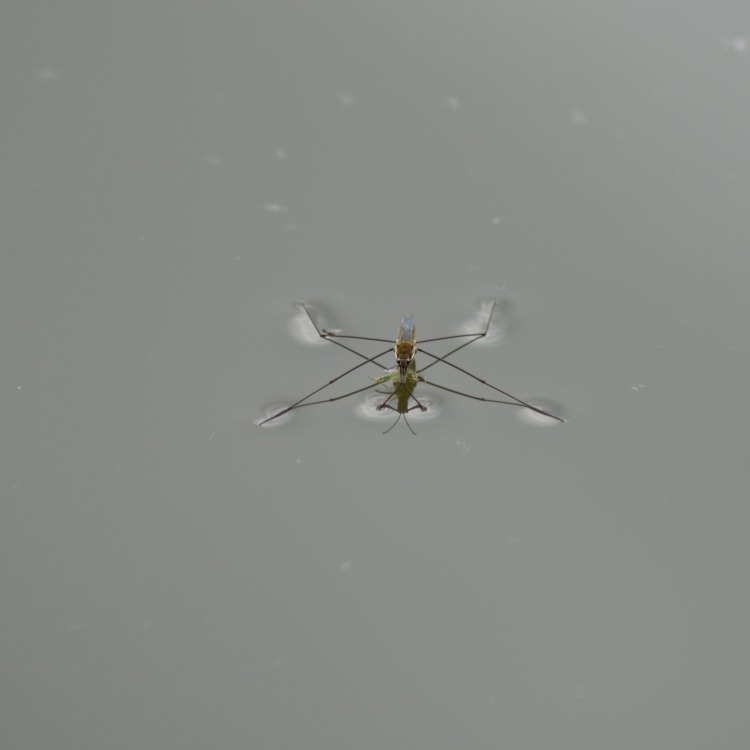
Gerridae
The Fascinating World of the Pond Skater
Nature never ceases to amaze us with its diverse and fascinating creatures. From the depths of the ocean to the tops of the highest mountains, there is an incredible variety of life forms that continue to leave us in awe. One such intriguing creature is the pond skater. This tiny insect, with a body size ranging from 3 to 30 mm, can be found gliding on the surface of still waters in small groups or colonies PeaceOfAnimals.Com. But don't let its small size fool you - the pond skater has some unique features and behaviors that make it a remarkable species.In this article, we will delve into the world of the pond skater, exploring its life cycle, behaviors, threats, and impact on the ecosystem.
Aquatic Acrobat: Adapted for Life on Water
The pond skater, also known as water strider, is a type of water bug found in freshwater habitats such as ponds, lakes, and slow-moving streams. It belongs to the family Gerridae and is characterized by its elongated body that allows it to skate on the water surface. While most insects are clumsy in the water, the pond skater has evolved into an aquatic acrobat with its long, slender legs specialized for water skating.These legs, which can be up to 30 mm long, are covered with tiny hydrophobic hairs that repel water. This unique adaptation allows the pond skater to walk on the surface tension of the water, giving it the appearance of skating across the water. While this may seem like a superpower, it is simply a function of the pond skater's unique anatomy.
A Short but Vibrant Life
The average lifespan of a pond skater is 1 to 2 years, which may seem short, but is actually quite long for an insect Possum. They undergo a complete metamorphosis - starting from an egg, then hatching into a nymph, and finally becoming an adult. The reproductive behavior of the pond skater is also interesting. Sexual reproduction is the primary mode, where males attract females by creating vibrations on the water surface. These vibrations signal to the females that a potential mate is nearby, and the female responds by moving towards the male.An Unconventional Love Call
While many animals use sound or calls to attract mates, the pond skater does not. So, how do they communicate with each other? As mentioned earlier, males attract females through vibrations on the water. These vibrations are created by the males strumming their front legs against the surface of the water. This unique behavior is what gives the pond skater its nickname - the water strider.Not Quite the Migratory Type
Unlike some other insects that migrate to different habitats, the pond skater is not a migratory species. It prefers to stay in one place and moves along the water's edge, in search of food or mates. However, if the conditions in its habitat become unsuitable, it may disperse to nearby water bodies.The Social Lives of Pond Skaters
Pond skaters are social insects, often found in small groups or colonies on the water's surface. These groups can consist of both males and females, but there may be more males present during mating season. They are not territorial and do not exhibit aggressive behaviors towards each other. Instead, they coexist peacefully, sharing their space and resources.Skate, Skate, Glide: The Movement and Behavior of a Pond Skater
Pond skaters have adapted to a unique method of movement on the water surface. Instead of swimming, they use their long, slender legs to propel themselves forward or sideways. They are capable of moving at top speeds of up to 1.5 meters per second, a remarkable feat for such a small insect.Apart from their ability to skate on water, pond skaters also display interesting behaviors when seeking food. They use their specialized front legs to detect ripples on the water surface caused by insects or other small organisms. Once they locate their prey, they use their sharp and powerful front legs to prey on and consume them.
Threats and Conservation Status
The pond skater may have some unique adaptations, but unfortunately, it is not invincible. Like many other species, it faces threats to its survival and, subsequently, the health of the ecosystem it inhabits. One of the most significant threats to the pond skater is habitat loss. With the increasing human population and urbanization, many freshwater habitats are being destroyed or degraded.Pollution is another major threat to the pond skater. As they feed on small organisms on the water surface, any pollutants in the water can be harmful not only to the insect but also to the creatures it consumes. The use of pesticides and other contaminants in agriculture and industry can also have a detrimental impact on the pond skater's population.
Lastly, the pond skater faces predation from various sources, including fish, birds, spiders, and other insects. This constant threat keeps their numbers in check and prevents them from causing any imbalances in the ecosystem.
As of now, the conservation status of the pond skater has not been evaluated. However, if we do not take measures to protect their habitats and reduce pollution, their population could decline, impacting the overall health of their ecosystems.
The Pond Skater's Role in the Ecosystem
Despite its small size, the pond skater plays an essential role in its ecosystem. As mentioned earlier, they feed on small organisms on the water surface, acting as a natural pest control. Insects can cause damage to crops, and the pond skater helps keep their populations in check, reducing the need for harmful pesticides.Furthermore, the pond skater, along with other insects, is an important food source for many predators, contributing to the balance of the food chain. Its ability to walk on water also helps in nutrient cycling, as it can easily access and break down debris floating on the surface.
Fascinating Facts about the Pond Skater
Apart from their unique adaptations and behaviors, there are many other interesting facts about the pond skater that may surprise you. Here are a few:- Pond skaters can produce venom, but it is not harmful to humans.
- They are excellent jumpers and can use their hind legs to leap off the water's surface.
- In colder climates, pond skaters can lay their eggs in ice, ensuring the survival of the species.
- They are able to see polarized light, which helps them navigate and locate prey.
- Pond skaters can live in polluted water, but it negatively affects their reproductive abilities.
The Circle of Life: Pond Skaters and Their Predators
While the pond skater may seem like a survivor in its environment, it is still a part of the food chain. As mentioned earlier, they face threats from various predators, and their population is kept in check by these natural enemies. Fish, birds, spiders, and other insects all prey on the pond skaters, and this dynamic relationship is essential for maintaining the balance in the ecosystem.In Conclusion
In conclusion, the pond skater is a small, but remarkable species that deserves our attention and protection. Its unique features and behaviors make it a fascinating insect to study and observe in its natural habitat. But more importantly, it plays an integral role in the ecosystem, highlighting the interconnectedness of all living beings.As humans, it's our responsibility to ensure that the pond skater continues to thrive in its environment by taking measures to preserve its habitats and reduce pollution. Let's appreciate the beauty and importance of this tiny, yet significant, creature and do our part in safeguarding its future.
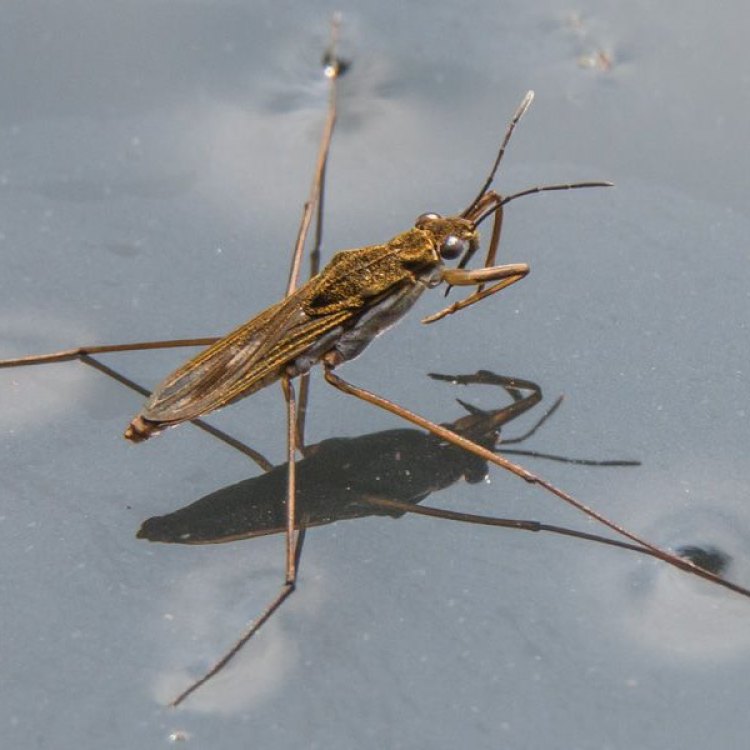
The Fascinating World of Pond Skaters: A Guide to one of Nature's Most Underrated Creatures
Disclaimer: The content provided is for informational purposes only. We cannot guarantee the accuracy of the information on this page 100%. All information provided here may change without prior notice.

